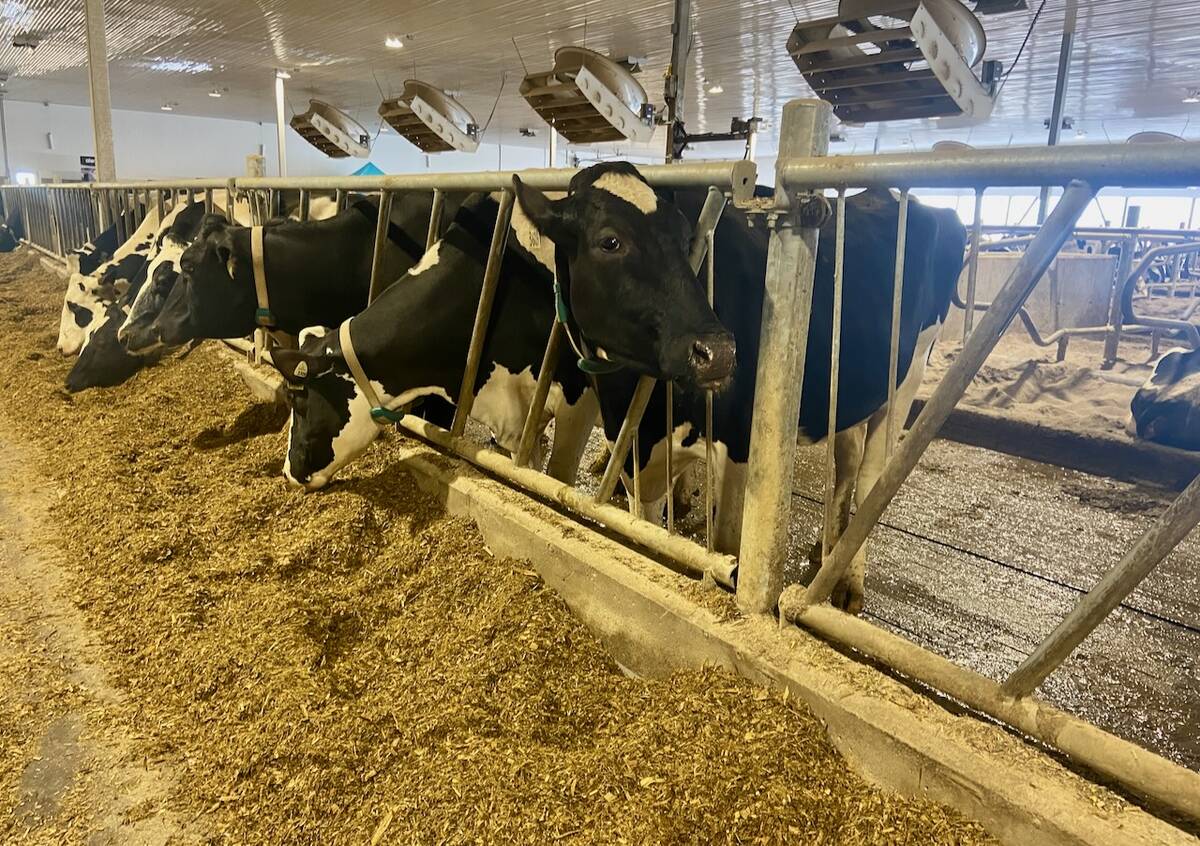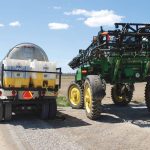RED DEER, Alta. – Protecting vulnerable prairie soils is a growing farm movement that saves a little more farmland each year.
About 37 percent of Alberta farmland is direct seeded, says Peter Gamache. He administers a three-year soil conservation initiative program that started in 1994. Another three years are planned to start Aug. 31.
The results of different farming systems like direct seeding and minimum tillage are shown on a 150-acre farm near Red Deer.
“Soil conservation underpins what we are doing here,” said Gamache.
Farmers who try direct seeding claim the technique of minimum soil disturbance conserves moisture and controls erosion of the thin layers of prairie topsoil.
Read Also

U.S. farm group supports supply management
U.S. grassroots farm advocacy group pushing new agriculture legislation that would move towards supply management like Canada has for dairy industry
“We feel we have made an impact,” said Gamache.
Working with 10 groups that include government and industry, the farm is run by the Alberta reduced tillage initiative. The partners are the Alberta Conservation Tillage Society, chemical companies such as Dow Elanco, Monsanto, Agrium, Western Co-operative Fertilizers, as well as Olds College and Alberta Agriculture.
The land was donated by Red Deer farmer Dan Nicks.
Equipment expensive
Field day surveys at the farm reveal about half those attending are not using this practice. Most say they haven’t converted because of the high cost of new no-till farm equipment, said Gamache.
Each of the prairie provinces has a soil conservation program. Alberta is the only one with a demonstration farm like this where farmers can see results of minimum soil disturbance on crops like canola, peas or barley. Besides regular field days, the farm is open for self-guided tours.
As well, Alberta Agriculture regularly measures soil temperature to see what effect residue cover and no-till has on soil warming and cooling.
Other companies include work with fungicides in their tests because plants in central parkland regions tend to be more susceptible to disease. Residue from previous crop years can also harbor disease.
In addition to the plots, there is a 58-acre strip comparing direct tillage and conventional tillage.
The farm demonstrates different management that is required after the switch to minimum till.
Leaving residue on the fields creates a different challenge. Too much straw in next year’s seed bed can prevent seedlings from emerging if last year’s trash is too heavy or isn’t spread evenly.
Another problem is that different types of weeds emerge in these fields, said Don Hare, of Dow Elanco.
“You find in zero till, you have weeds that you haven’t seen before. That’s because you’ve been killing them with cultivation for 30 years,” he said.
Dandelions were plowed under in conventional systems. Others have discovered prairie bushes and flowers like wild roses and wild tomatoes are moving out of the ditches and into the fields.
“When you go purely chemical then fellows have really got to get on top of all the different types of chemistry and plant systems,” he said.















